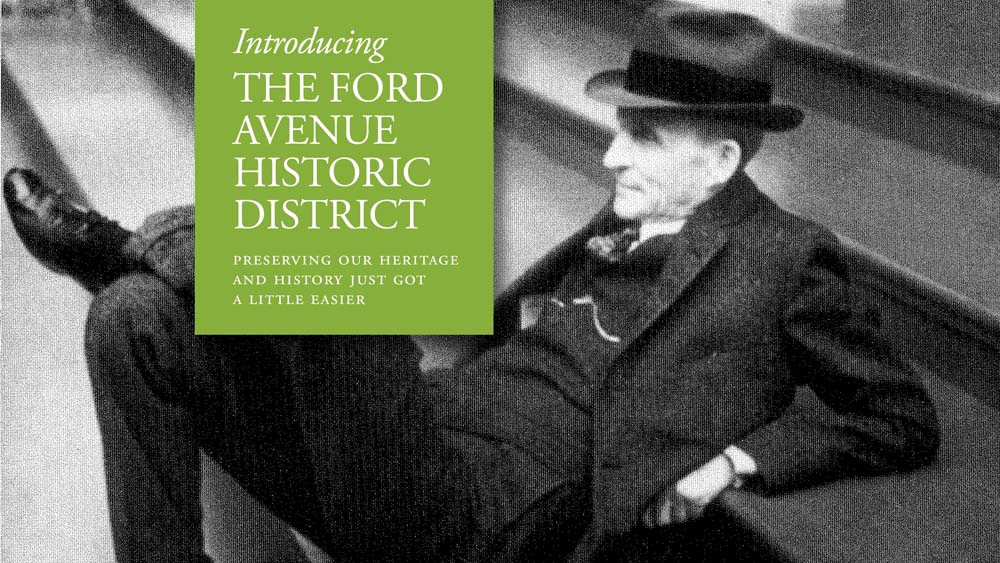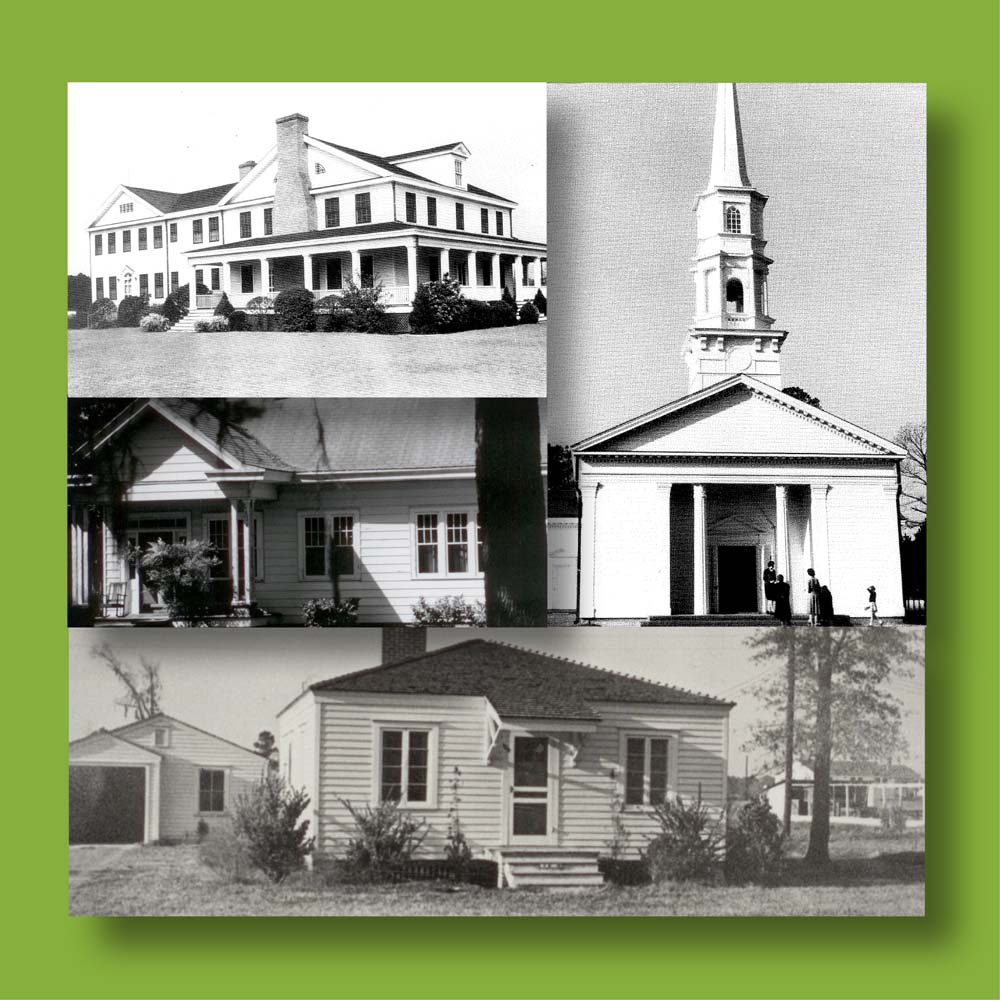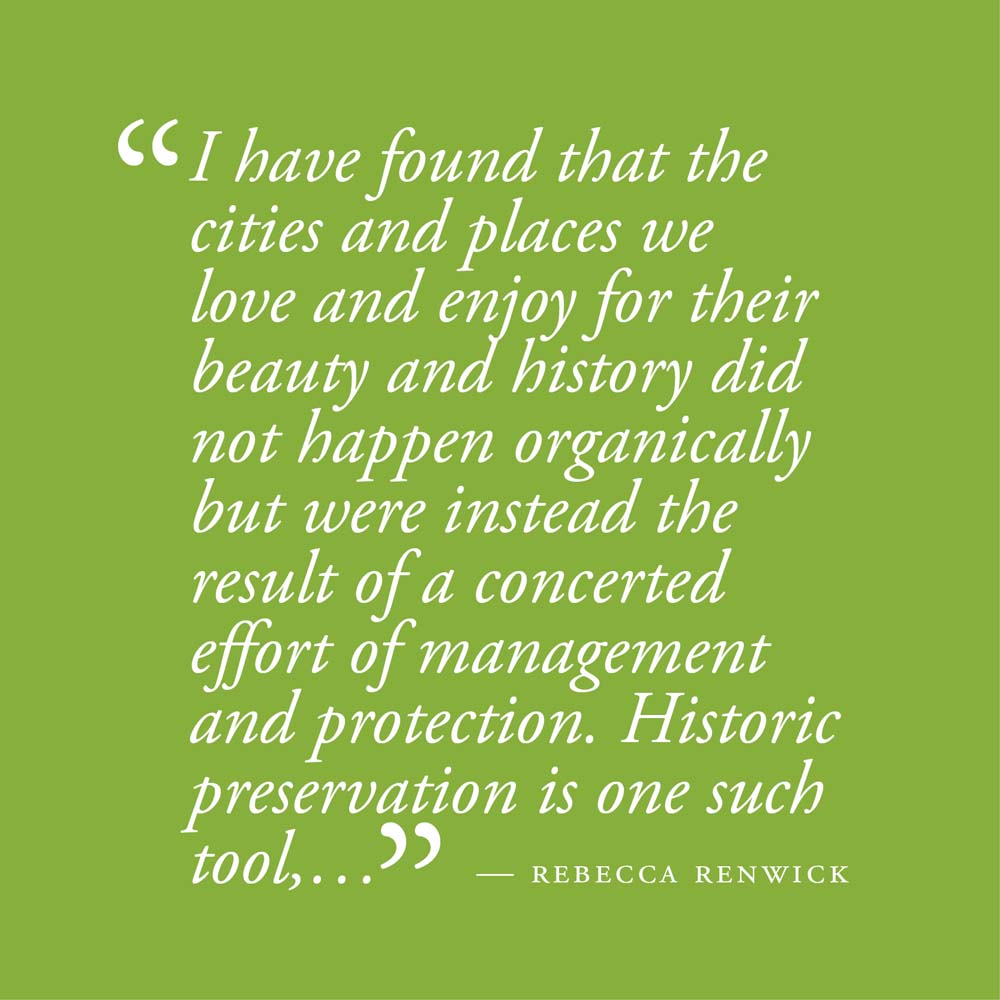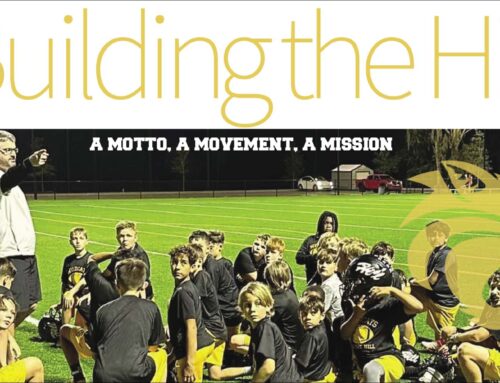
Introducing the Ford Avenue Historic District
Words By Ben Merrill Photos courtesy of Richmond Hill Historical Society

You wouldn’t know them by their grandeur. They have no towering gables. They aren’t perched on a bluff overlooking the sea, and they aren’t owned by celebrities. But as of January 5th, 2021, they are most certainly protected.
I am sitting in the restored Henry Ford Bakery building—at first glance an unremarkable, simple storefront dating to the early part of the 20th century. Christy Sherman, Director of Richmond Hill’s Convention and Visitors Bureau and Richmond Hill Zoning Administrator Amanda Styer are telling me about a three-year project to protect this building, as well as about 18 others just like it, most built during what they call “the Ford Era.”
“On January fifth,” Sherman says, clearly excited, “after three years of behind-the-scenes work by some very dedicated people, including our consultant, Rebecca Fenwick of Ethos Preservation, we officially adopted our very first historic district, covering the section of Ford Avenue that runs from the Courthouse Annex to the barbershop at the corner of Ford Avenue and Timber Trail. As an official historic district, we now have the means—and the teeth—to protect these buildings and, hopefully, over time, see all of them restored properly.”
“But it was a long three years,” adds Styer. “There were a number of steps we had to take to make it all happen—six of them in fact. But when we heard there were only six steps we thought, ‘Six steps? That’s it? We can do that.’ What we didn’t realize was how intensive and time consuming each of those six steps was going to be, and we realized very quickly that it wasn’t all going to happen overnight.”

“The City first had to pass a historic preservation ordinance,” she continues. “Then we had to form, and seat, a historic preservation commission made up of city residents with a demonstrated interest in preservation. Completing those steps then allowed us to obtain a Certified Local Government designation from the State, which, in turn, allowed us to apply for grant funds. We used the grant funds to hire our consultant for the next steps, which included having a city-wide historic resources survey completed. We used the findings from the survey report to clearly understand where the boundaries of our first historic district should be.”
“Prior to all of that,” Styer says, “we had created an architecture overlay—the Ford Overlay District—which included design guidelines for exterior changes and new construction along this section of Ford Ave. But in the end, it didn’t provide any real protections. If an owner wanted to take one of these historic buildings down to put up a new building, they could have done so. Now we have the means to protect these wonderful old buildings.”
But why? Where is the appeal in preserving a few small buildings alongside a busy state highway?
“I think the appeal,” Sherman says, “is in this amazing story about a northern automobile magnate—maybe the most famous one in history—coming to the mostly poor lowlands of Georgia and putting so many men and women to work in jobs that not only helped them become skilled craftsmen, but also helped them educate their children and improve their quality of life. Henry Ford built a church, a barber shop, a school, a sawmill, a commissary, a bakery, not to mention housing for his employees. And he didn’t do it from behind a desk in faraway Michigan. He did it right here in his winter home, alongside the people of Ways Station—later Richmond Hill—to turn what was then an impoverished rural area into a thriving town. That’s a wonderful bit of history we want to share with people and it is drawing visitors here on their way to or from Florida or Savannah.”

“Henry Ford did so much for this little town,” Sherman says. “When he arrived here in 1925, he was greeted by a few dusty roads, acres of abandoned farmland, and a handful of farmers, sawyers, and tradespeople eking out a living. When he passed away in 1947, Richmond Hill had begun to take on the form that it has today—small clusters of homes, growing businesses, and some very nice historical buildings.“
“With the historic district now in place,” Styer stated, “we’d now like to focus our attention on the original housing subdivisions—Blueberry Village and Richmond Hill Village (‘The Bottom’)—where a number of the original houses Ford built for his employees are still in use—some by the same families who later bought them from the paper company.”
“In my career,” Rebecca Fenwick says, “I have found that the cities and places we love and enjoy for their beauty and history did not happen organically but were instead the result of a concerted effort of management and protection. Historic preservation is one such tool, and Richmond Hill has now taken the steps to add preservation to its toolkit. Just as we implement strategies for economic growth, steps must also be taken to preserve community authenticity and sense of place, and Richmond Hill is doing just that.”















